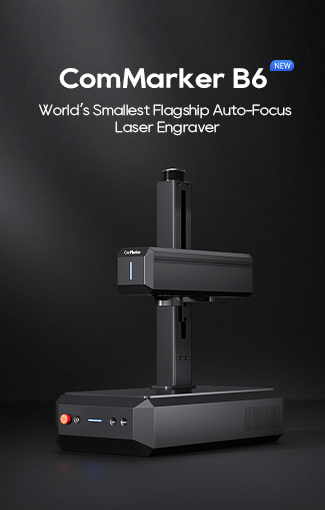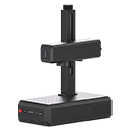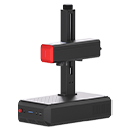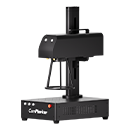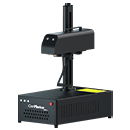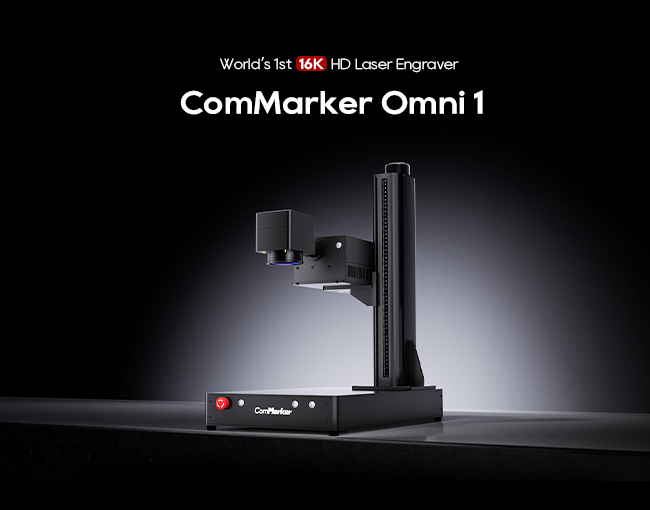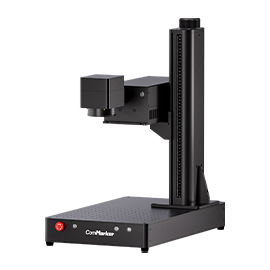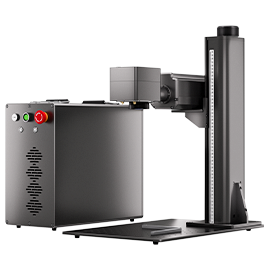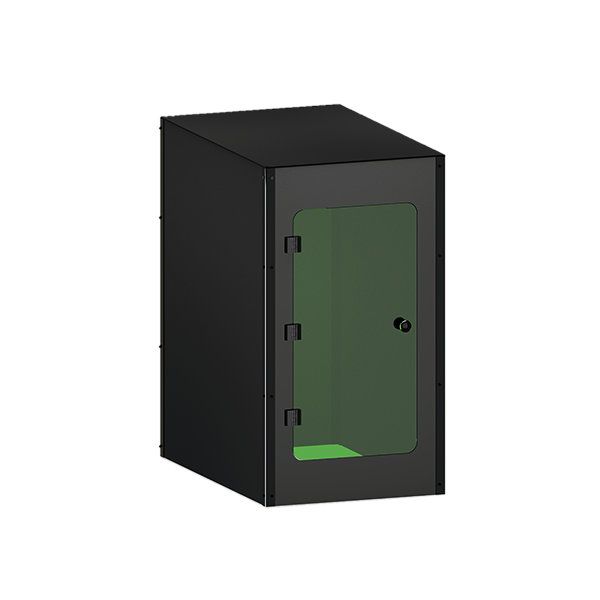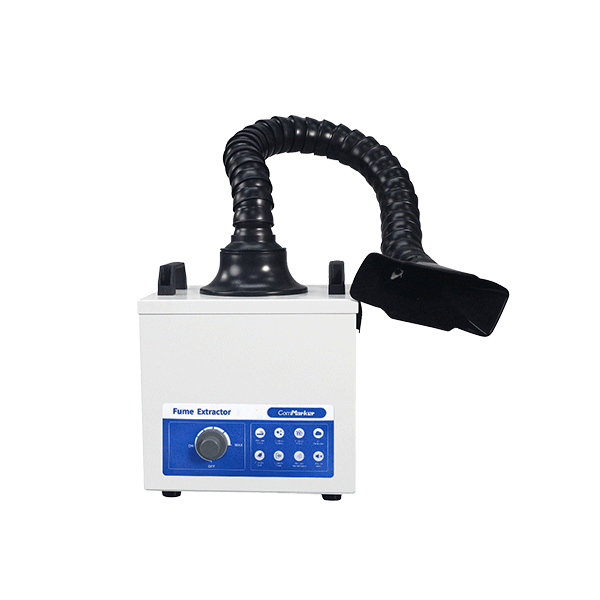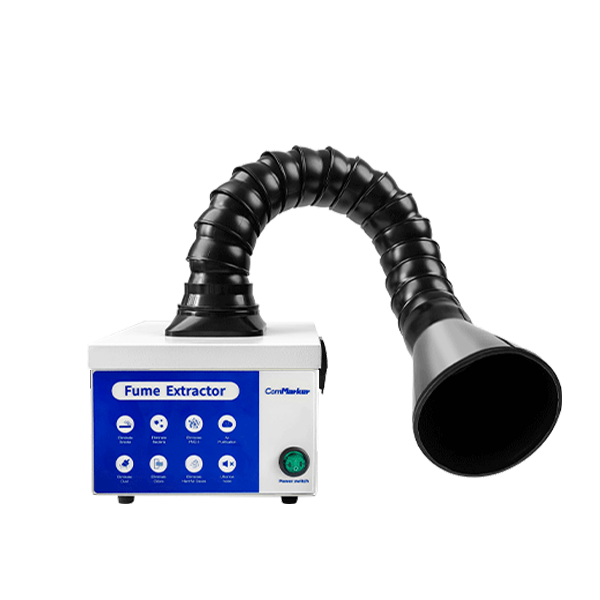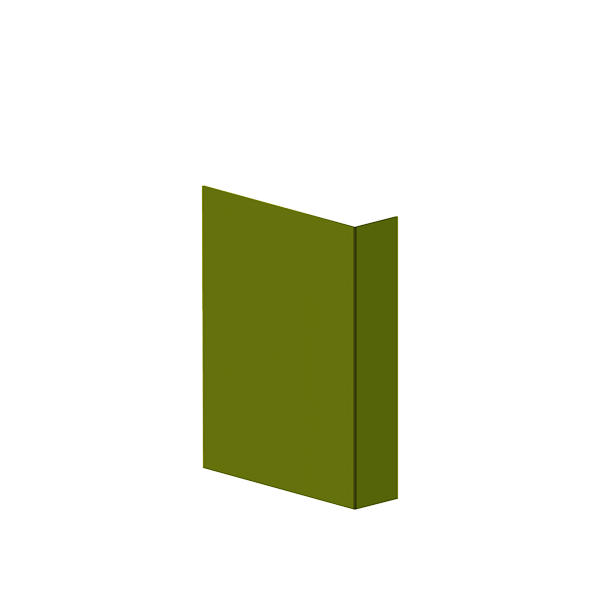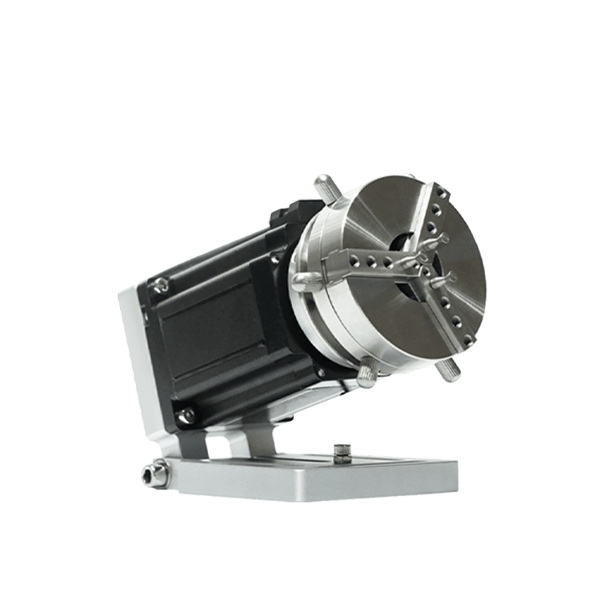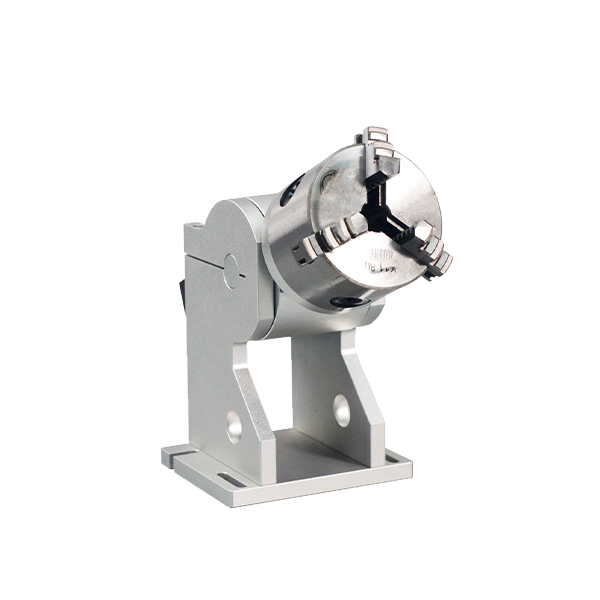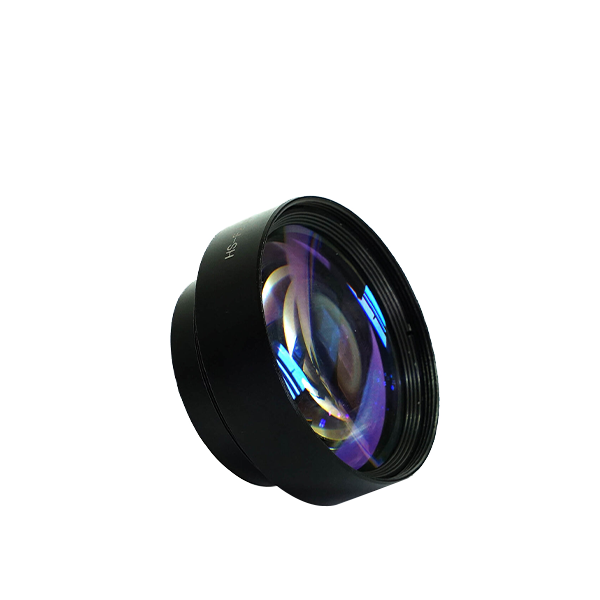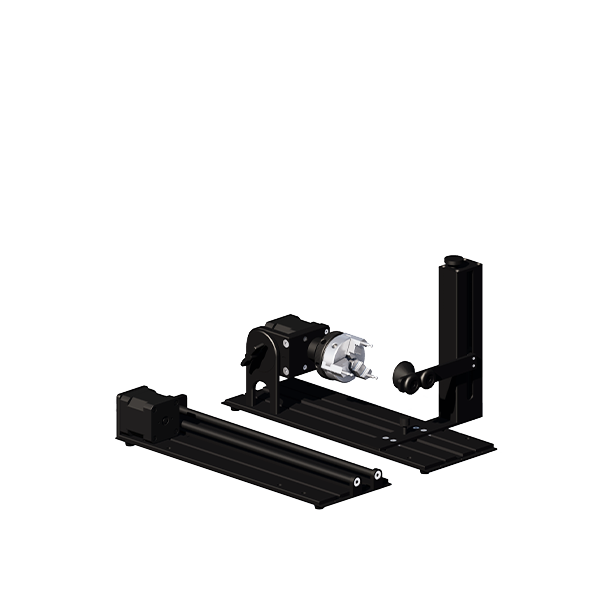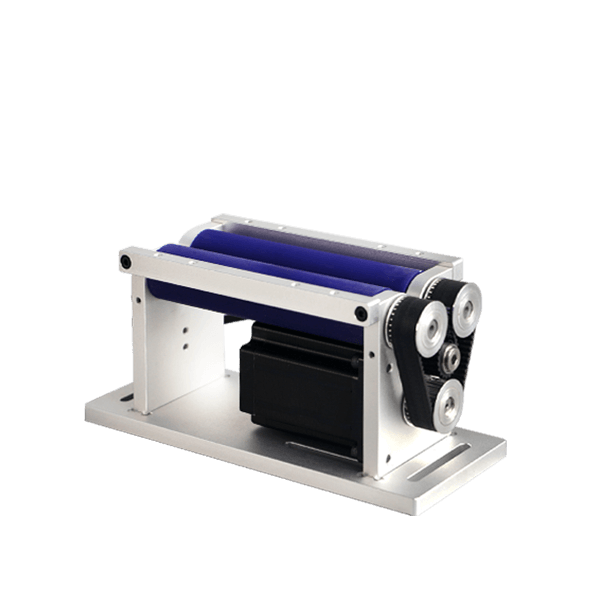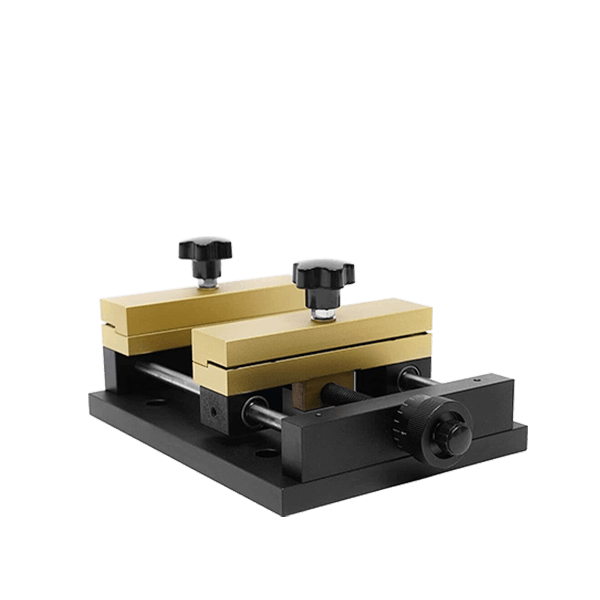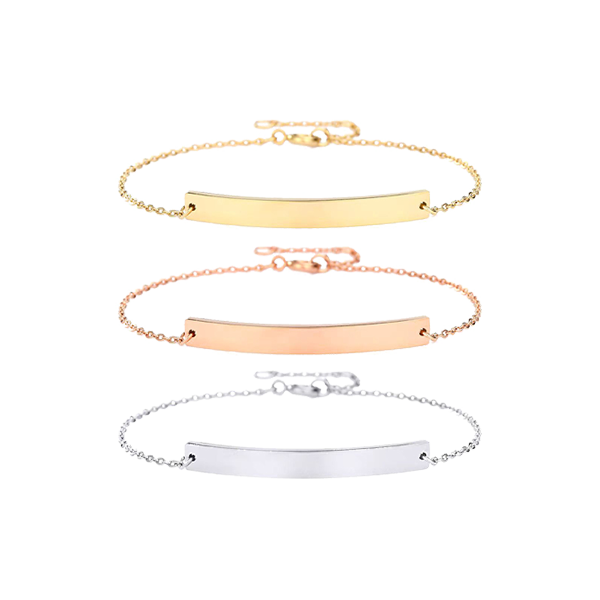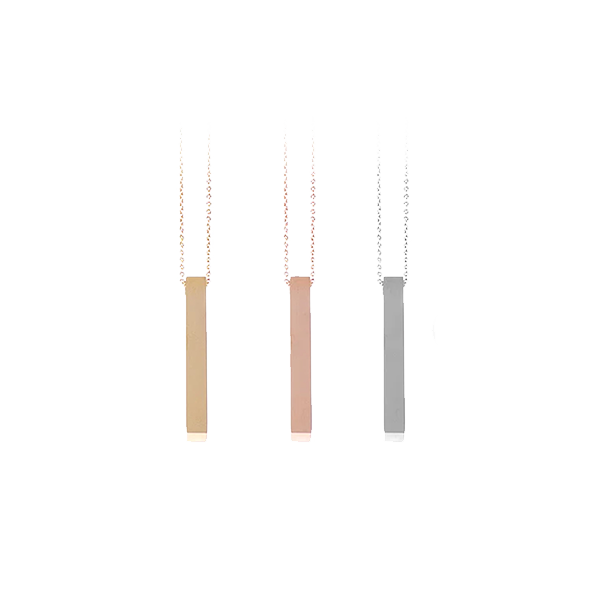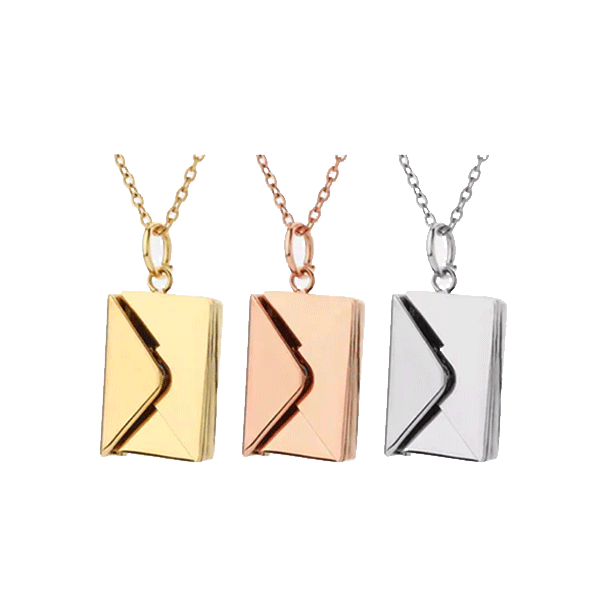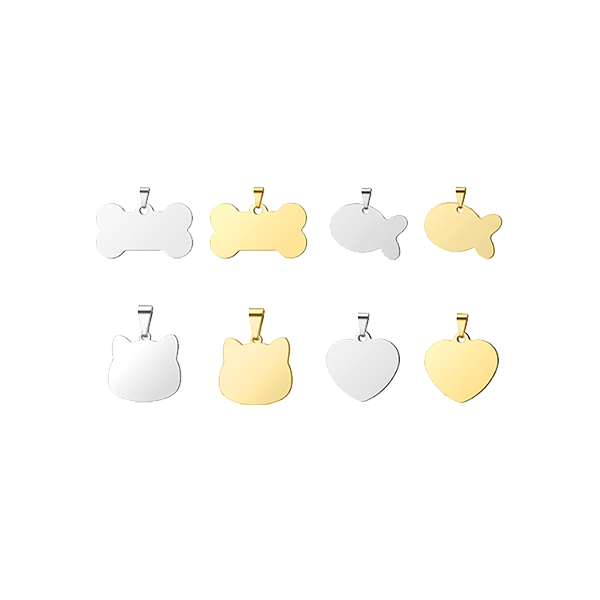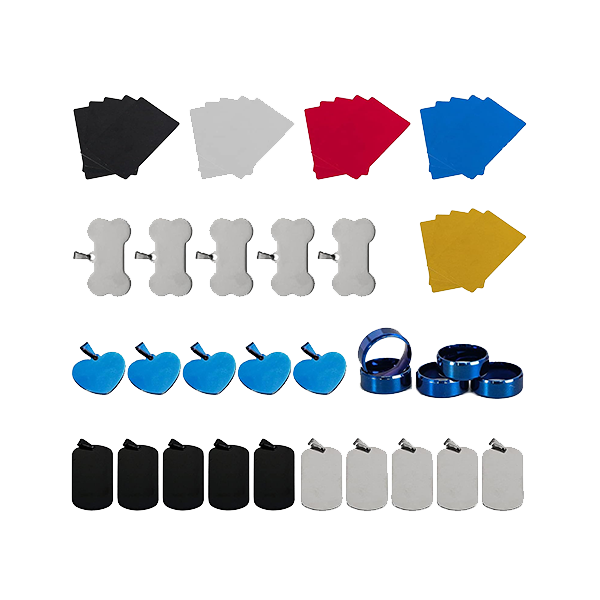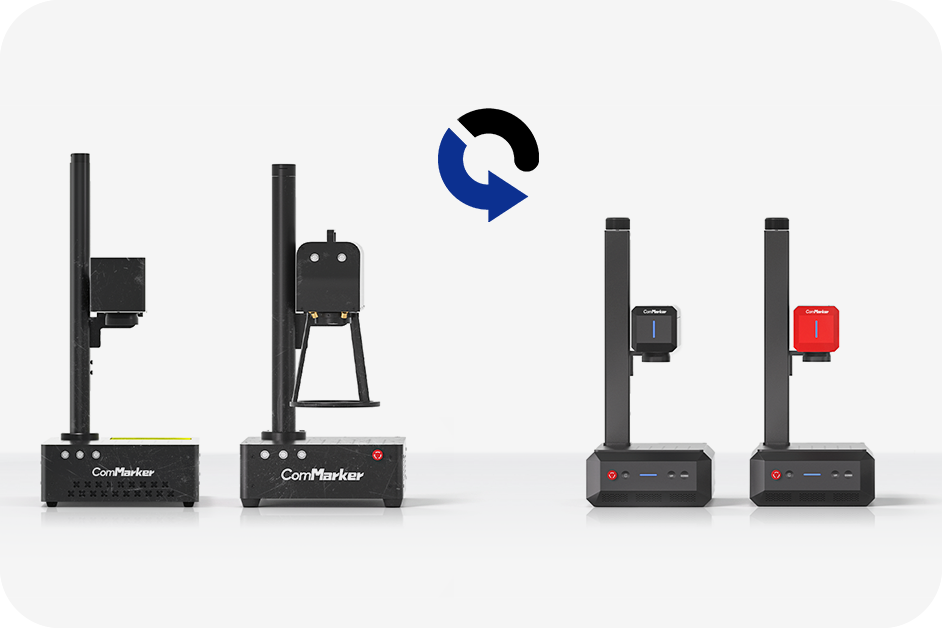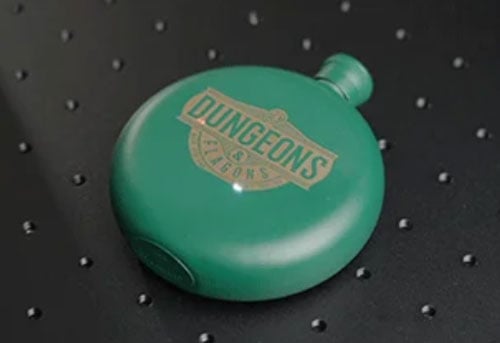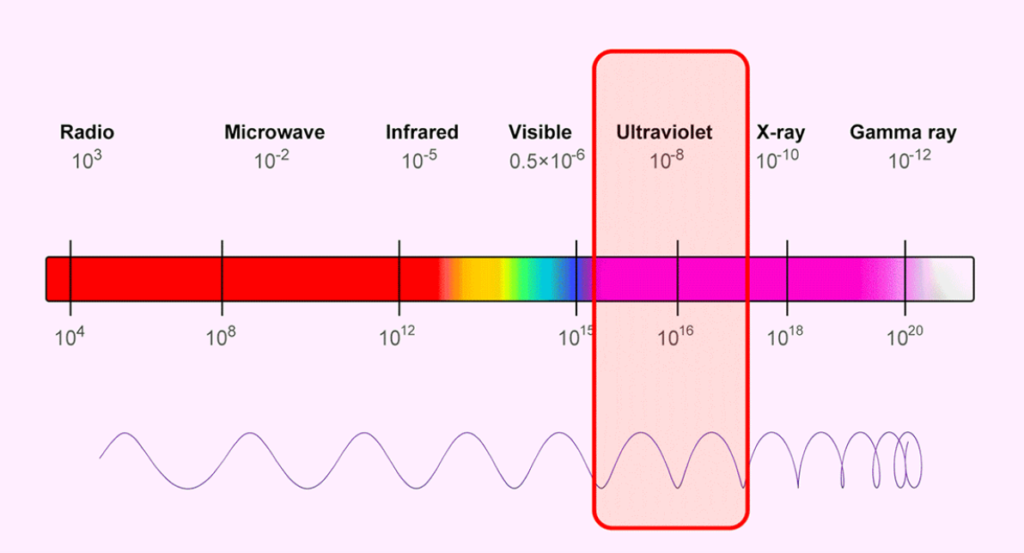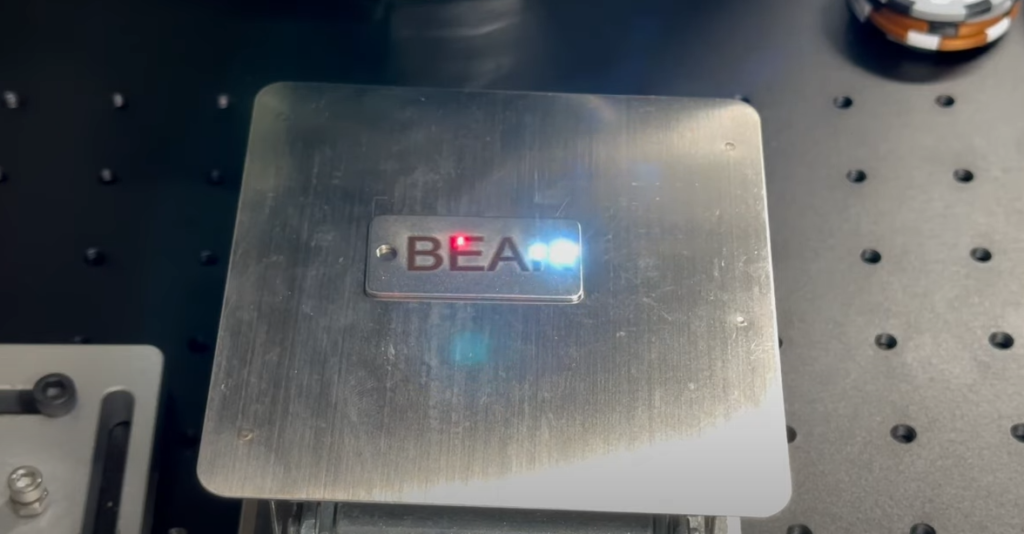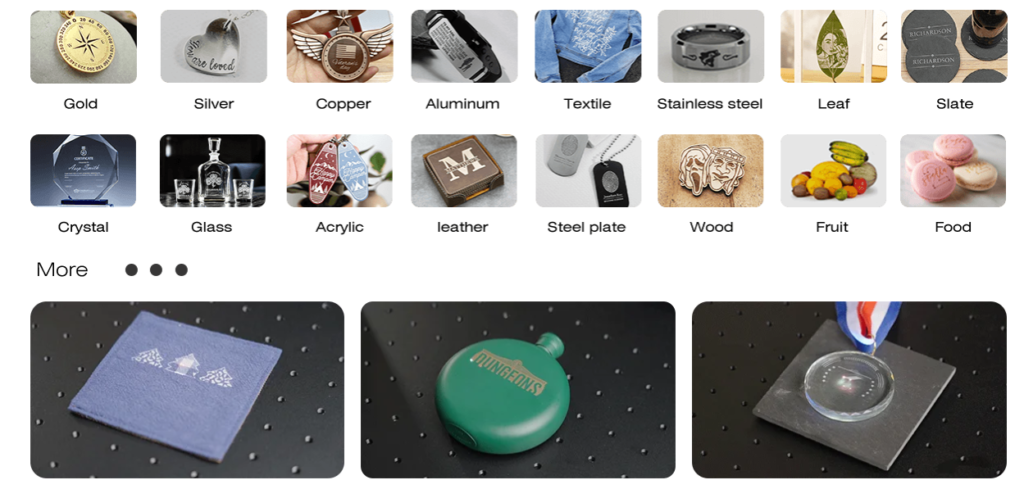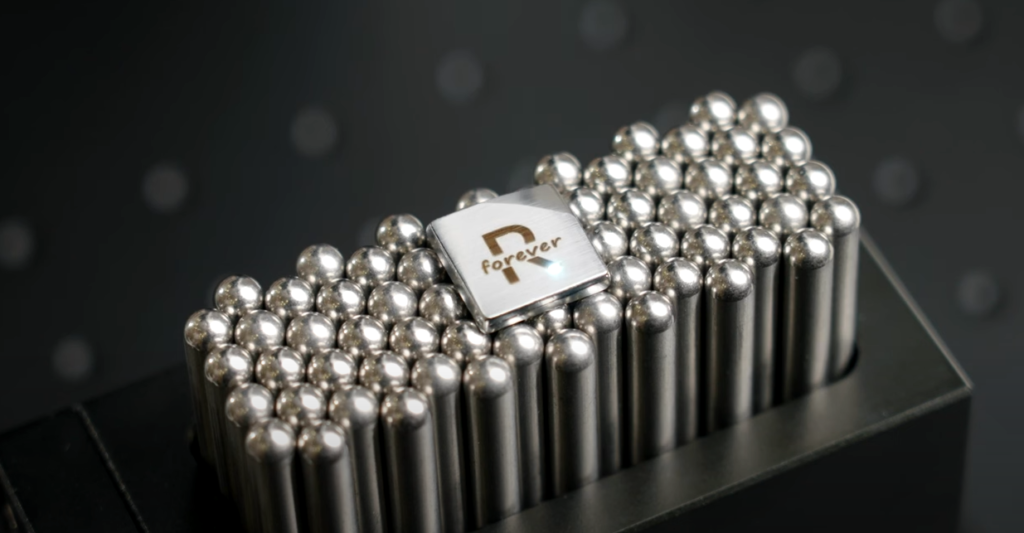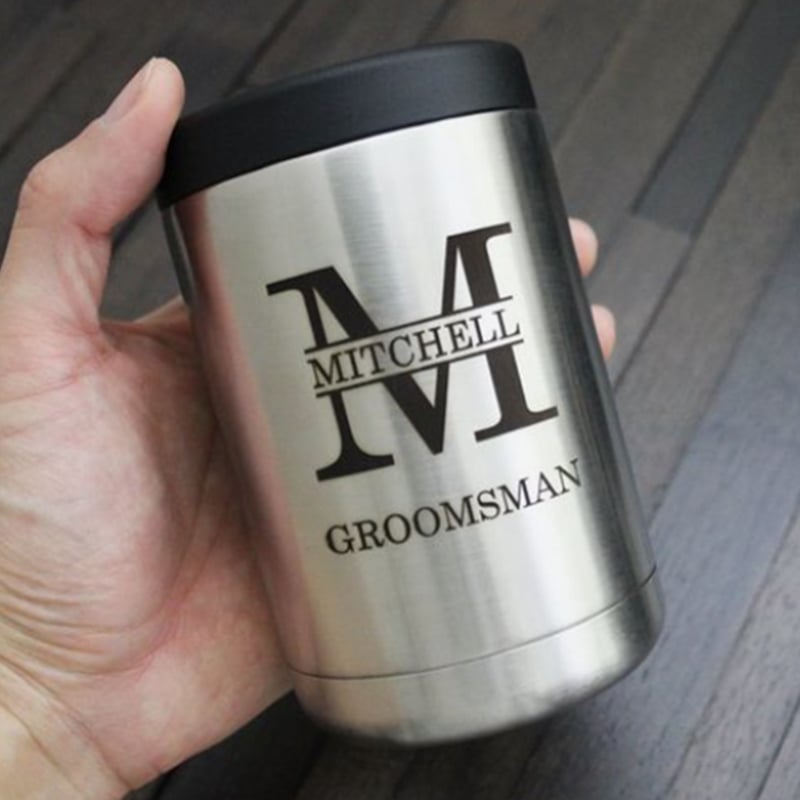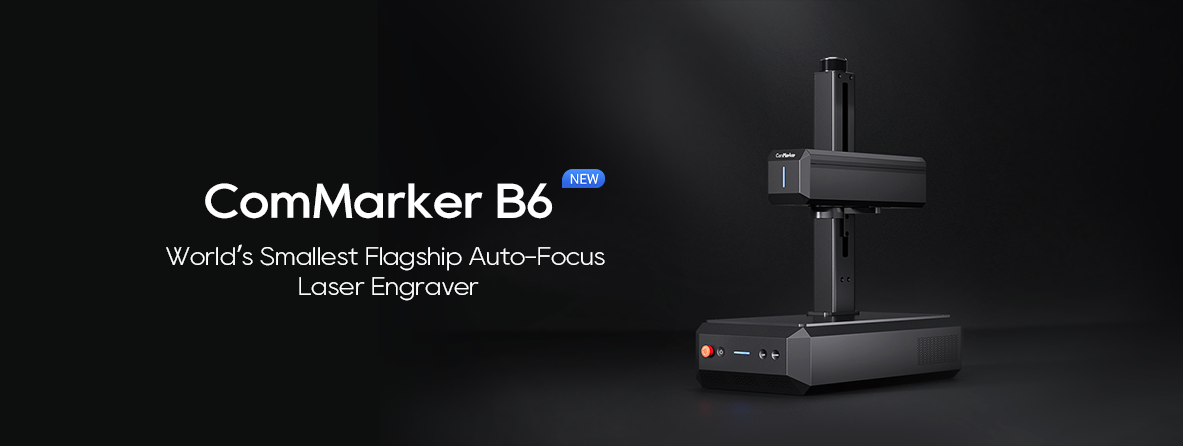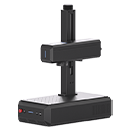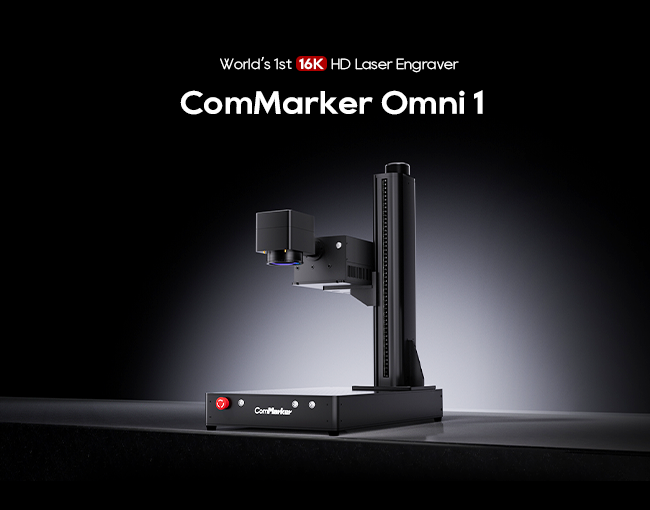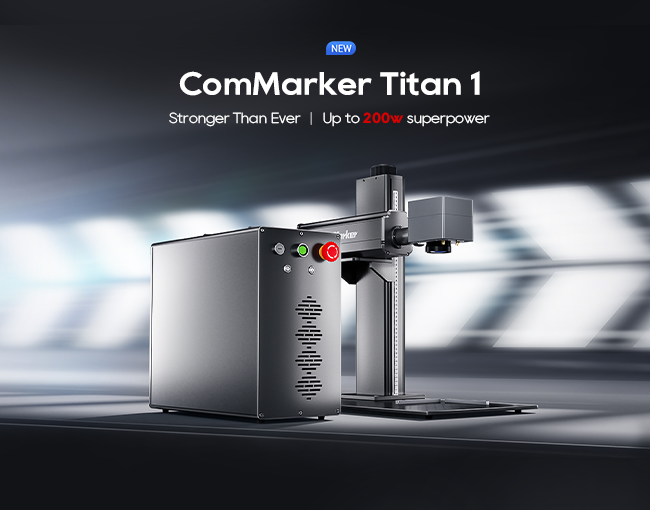A gravação a laser tornou-se um método popular para marcar e personalizar uma ampla gama de materiais, from wood to glass, e metais para plásticos. Nos últimos anos, Laser UV have gained significant attention due to their high precision, ability to work on delicate surfaces, e versatilidade. No entanto, a common question arises among laser engraving professionals: Can a UV laser engrave metal?
Neste guia completo, we’ll explore the capabilities of UV lasers, particularly when it comes to engraving metal. We’ll dive into the science behind Tecnologia laser UV, the differences between UV and other laser types, and when and how to use UV lasers for engraving metal. By the end of this article, you’ll have a clear understanding of the limitations and advantages of using a UV laser for metal engraving, helping you make an informed decision about incorporating this technology into your workflow.
1. Understanding UV Laser Technology
What is a UV Laser?
A Laser UV (ultraviolet laser) is a type of laser that emits light in the ultraviolet spectrum, specifically between 100 nm e 400 nm. UV lasers are typically used for high-precision applications where heat-sensitive materials need to be processed, as they generate much less heat than other laser types, such as CO2 lasers or fiber lasers.
The wavelength of a UV laser is much shorter compared to visible light, allowing for finer detail and greater precision. This makes UV lasers ideal for engraving and marking small, desenhos intrincados. They are often used for applications where surface quality is critical, such as in medical devices, eletrônicos, and certain types of jewelry.
How Do UV Lasers Work?
UV lasers operate on the same basic principle as other laser types. The laser beam is focused onto the material’s surface, causing a thermal reaction that either removes material or marks the surface. In the case of UV lasers, the light is highly concentrated and can create extremely fine lines without affecting the underlying material too much. Isso faz UV lasers ideal for engraving or marking sensitive materials with minimal damage.
Unlike CO2 or fiber lasers, UV lasers do not cause significant heat buildup. This reduces the risk of warping or altering the material being engraved, which is particularly beneficial when working with thin or delicate metals.
2. UV Lasers vs. Other Laser Types
UV Lasers vs. Lasers de CO2
One of the most significant differences between Laser UV e Lasers de CO2 lies in the wavelength of the laser light. CO2 lasers emit infrared light, which has a longer wavelength (em volta 10.6 mícrons). This allows CO2 lasers to cut and engrave thicker materials such as wood, acrílico, and certain metals with greater depth.
Em contraste, Os lasers UV operam em um comprimento de onda muito mais curto, normalmente ao redor 355 nm. This short wavelength allows UV lasers to achieve much finer resolution, making them ideal for engraving detailed designs on delicate surfaces, como vidro, cerâmica, e metais. No entanto, UV lasers are typically less effective at cutting through thick metals, as the energy they produce is not as concentrated as the energy from CO2 or fiber lasers.
UV Lasers vs. Lasers de fibra
Fiber lasers are another popular choice for metal engraving. They use a solid-state laser with a wavelength of approximately 1,064 nm, which is more effective for cutting and engraving metals, incluindo aço inoxidável, alumínio, e titânio. Lasers de fibra produce a much higher power density, making them ideal for deeper engravings on harder materials, incluindo metais.
Enquanto lasers de fibra are better suited for engraving deeper or more robust metals, Laser UV are better for detailed surface markings and are less likely to cause heat distortion, making them ideal for fine engraving on metals with a smooth, polished finish.
3. Um laser UV pode gravar metal?
Agora, let’s address the central question: Can a UV laser engrave metal?
The short answer is: Sim, UV lasers can engrave metal, but with specific conditions and limitations. While UV lasers can effectively mark and engrave certain types of metal, they have limitations compared to other laser types like fiber lasers, particularly when it comes to cutting or engraving deeper into metal surfaces.
How UV Lasers Engrave Metal
When a UV laser is used on metal, it creates a high-energy photon beam that interacts with the metal’s surface, causing it to either burn, evaporate, or oxidize. This process does not deeply penetrate the metal but instead marks the surface in a way that is highly detailed and precise. UV lasers are perfect for applications that require fine engraving, como:
- Placas de identificação metálicas
- Engraving logos or serial numbers on metal parts
- Gravação de joias (especially on gold, prata, and other precious metals)
- Medical or industrial devices that require precise engraving of serial numbers, códigos de barra, or other identifiers.
UV lasers are also ideal for coated metals, as they can remove the coating without damaging the underlying metal. This makes them useful for marking anodized aluminum, metal pintado, ou limpeza a laser specific areas of metal.
What Metals Can Be Engraved with a UV Laser?
UV lasers can be used to engrave various metals, but some metals are better suited for UV engraving than others. Here’s a list of metals commonly engraved with UV lasers:
- Ouro: UV lasers work well on gold, allowing for high-precision engravings without causing heat damage.
- Prata: Similar to gold, silver can be engraved easily with a UV laser, producing fine details without discoloration.
- Alumínio: UV lasers can effectively mark anodized aluminum, which is commonly used for nameplates, Tag, and industrial applications.
- Aço inoxidável: UV lasers can create detailed surface marks on stainless steel, but typically, lasers de fibra are more commonly used for cutting and deeper engraving.
- Titânio: UV lasers can mark titanium surfaces, but deep engraving on titanium may require higher power lasers like fiber lasers.
- Cobre: UV lasers can create intricate designs on copper but may have difficulty with deeper engraving or cutting due to copper’s high reflectivity.
4. Advantages of Using UV Lasers for Metal Engraving
1. Alta precisão
UV lasers are ideal for engraving fine details, como logotipos, códigos de barra, or intricate patterns on metal. Deles short wavelength allows them to produce extremely detailed e desenhos nítidos, which is crucial for industries such as jewelry, eletrônicos, and medical device marking.
2. Minimal Heat-Affected Zone
UV lasers are cold lasers, meaning they don’t generate as much heat as CO2 or fiber lasers. This reduces the risk of heat distortion on the metal surface and allows for fine surface engraving without causing warping or discoloration, which is especially important for delicate metals ou thin metal sheets.
3. Minimal Surface Damage
Since UV lasers primarily work on the surface of the material, there is minimal risk of deep cuts or gouging. This is beneficial for applications where the goal is to preserve the integrity of the metal while still creating clear and readable markings.
4. Clean and Precise Marking
UV lasers provide precise and clean marcação em metais, ensuring the design is clear, afiado, and aesthetically pleasing, with minimal post-processing needed.
5. Limitations of UV Lasers for Metal Engraving
1. Limited Depth of Engraving
UV lasers are generally not suitable for deep engraving em metais, especially for thicker metals. Para gravuras mais profundas, lasers de fibra are more appropriate because of their higher energy density, which is more capable of penetrating deeper into metal surfaces.
2. Not Ideal for Cutting Metal
While UV lasers can engrave on the surface of metals, they are not ideal for corte through metals. Para corte de metal, fiber lasers or CO2 lasers are more effective due to their ability to deliver more power and focus on cutting rather than engraving.
3. Limitações materiais
Not all metals are suitable for Gravação a laser UV. Highly reflective metals like brass and copper may cause challenges in engraving because they reflect the laser light rather than absorbing it, making the engraving process more difficult.
6. How to Optimize UV Laser Engraving on Metal
1. Ajuste o foco
Ensure that the laser is properly focused on the surface of the metal to achieve the best results. A well-focused beam allows for clearer and more precise engravings.
2. Control Power and Speed
When engraving metal with a UV laser, it’s important to adjust the power and speed settings according to the metal type and engraving design. For delicate or thin metals, lower power and slower speeds are ideal, while thicker metals may require higher power settings.
3. Usar assistência aérea
Using an assistência aérea helps reduce heat buildup and ensures clean, sharp engravings by blowing away debris and particles during the engraving process. This is particularly important for metal engraving, where the laser can produce small particles that can obstruct the engraving area.
4. Configurações de teste
Before starting the actual engraving, always test on scrap pieces of the metal to fine-tune the power, velocidade, and focal settings. This ensures the engraving process goes smoothly and helps avoid mistakes.
Um laser UV pode gravar metal?
Sim, UV lasers can engrave metal, but they are best suited for surface marking e fine detail engraving rather than deep cuts or high-volume production. O ComMarker Omni 1 with its 5W UV laser is ideal for engraving small, detailed designs on various metals, Incluindo ouro, prata, alumínio, e aço inoxidável. While UV lasers cannot cut metal or engrave deeply, they excel in delivering high-precision surface markings with minimal heat distortion.
For metal engraving that requires deep cutting or more robust applications, lasers de fibra may be the better option. Understanding the strengths and limitations of UV lasers will help you make informed decisions on when to use them and how to optimize the engraving process for your specific needs.
Whether you are engraving itens personalizados para joia ou custom industrial parts, a UV laser like the ComMarker Omni 1 can provide the precision and detail required to produce stunning results.




